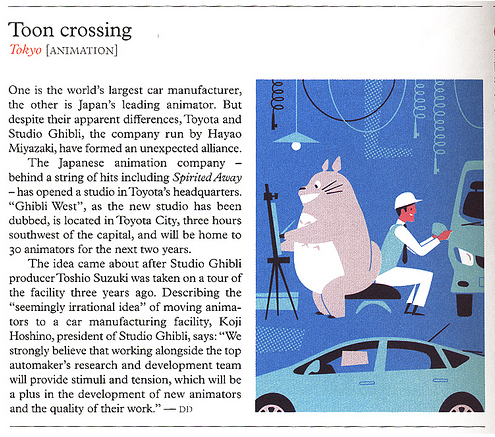During a workshop of Ayumi Higuchi about ‘rules’ I saw one of the books she brought with her to class. One of them was “Design as Art” by Bruno Munari. While reading, I noticed he was clearly writing in and for another era, but his ideas about visual, graphic and industrial design are still working. It’s a modern classic about how we see the world around us. I have an obsession with modernism of an earlier era. I don’t know why exactly. But I know that something is haunting me. I constantly seek references of music, book, clothing and product design from the past. I wanted to write about examples of where I see these references, and what is it exactly that is haunting us and what enhances this power of haunting.
Lets start with Apple, almost everybody I know owns a macbook or an I pod. Most people don’t know that every single product at Apple, from hardware to user-interface design, is based on old designs for Braun during the 50s and 60s made by Dieter Rams. Jonathan Ive from Apple design is clearly inspired by him. Dieter Rams gives the clues for the products of the past present and the future of Apple, he is a furniture maker, architect and product designer.
Maybe a few of you are familiar with my next example, the magazine Monocle. Its an international magazine with its headquarters in London. Its more a book than a magazine, about international affairs, business, culture and design. Tyler Brûlé is Monocle’s editor-in-chief and chairman. He is the guy who brought neo-classic post-European modernism to lifestile publishing. Writers and photographers from over 50 countries deliver stories on forgotten states, political figures, emerging brands and inspiring design solutions. Monocle also works with impressive illustrators who contribute to the magazine periodically. Here are a few examples of illustrations made for the magazine.
Andrew Holder
Lab-Partners
Adrian Johnson
Notice the vintage inspired style and color composition. Few of the readers know that this is not the first Monocle. There was another Monocle , a virtually forgotten, but important magazine that was published from the late 1950s to the mid-1960s. the new Monocle however actually looks nothing like the old Monocle.
Maybe all this nostalgia is not for the recent past, but more for the future that it promised, but never came. I present you Hauntology. Hauntology is derived from haunt and ology.
Hauntology is the opposite of nostalgia. The term goes back to 1848. Marx and Engels stated ‘A sprectre is haunting Europe, the spectre of Communism’. It was introduced for the first time in 1993 by Jacques Derrida in his work “Spectres de Marx”. The future can only exists in relation to the past. We are living in a time when past is present, and the present is saturated with ghosts of the past. In hauntology, the present is not only haunted by ghosts of the past but also by ghosts of the future. Jacques Derrida talks in the documentary “Ghost Dance” about ghosts being part of the future. In the documentary a student asks Jacques whether he believes in ghosts. He answers “Le phantom c’est moi”. In this case, yes it could be himself, since he is asked to play himself and without knowing it, he lets a ghost speak for him, he lets the ghost play his role.
Cinema is the art of ghosts, a battle of phantoms, its the art of allowing ghosts to come back, and let them speak for you. Watch the interesting documentary “Ghost Dance” (1983), starring Jacques Derrida.
My last example, hauntology can be found also in music. Recording label Ghost Box is an English recording label by graphic designer Julian House and musician Jim Jupp. They describe themselves as a label for artists that find inspiration in library music, folklore vintage electronics and haunted television soundtracks. The name Ghost Box itself is a reference to television and the way previous experiences with this medium can haunt your real-world experience.
I agree with Jacques Derrida that cinematography and telecommunication enhances the power of ghosts and their capability to haunt us. Music also contributes to this power of haunting. To prove it, listen to some of these examples of haunted music and let the ghosts of the past and future speak for you.


